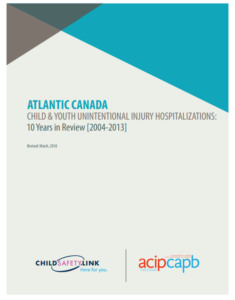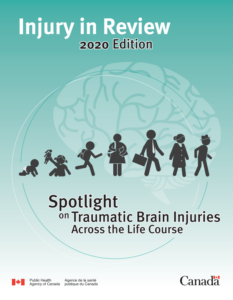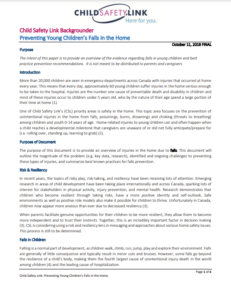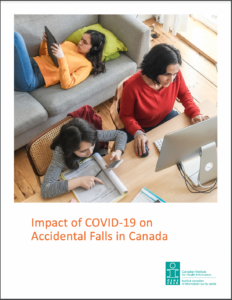Collection at a glance:
Reports
-
Child Safety Link – Backgrounder
-
Atlantic Canada Child & Youth Unintentional Injury Hospitalizations: 10 years in review

This report builds on the previous report from 2005 entitled Child & Youth Unintentional Injury Atlantic Canada: 10 years in review. Data was commissioned from the Canadian Institute for Health Information hospitalization trends (2004-2013) for childhood injury over a 10-year period, the most recent years for which data were available both at the national and provincial levels. The purpose of this report is to determine the pattern of injuries to children and youth in Atlantic Canada and, where possible, whether these injury patterns follow national trends. The data in this report mainly focus on hospitalizations of children from birth to age 14 (inclusive) and is about unintentional injuries only, including falls.
669.14 KB PDF
-
Preventing unintentional injuries in Indigenous children and youth in Canada

Unintentional injuries are the leading cause of death in Canadian Indigenous children and youth, occurring at rates three to four times the national average. This position statement discusses unintentional injuries in Canadian Indigenous children and youth, injury mechanisms and recommendations for reducing the rate and severity of these injuries.
-
Injury in Review, 2020 Edition: Spotlight on Traumatic Brain Injuries across the Life Course

This report provides national surveillance statistics on head injuries and traumatic brain injuries across the life course, including deaths, hospitalizations and emergency department visits, using data sources including the Canadian Vital Statistics Death Database of Statistics Canada; the Hospital Morbidity Database and Discharge Abstract Database of the Canadian Institute for Health Information (CIHI); the National Ambulatory Care Reporting System of CIHI; and the Electronic Canadian Hospitals Injury Reporting and Prevention Program database (eCHIRPP).
4.23 MB PDF
-
Loop Evidence Summary: Fall Prevention and COVID-19

The Loop Fall Prevention Community of Practice developed an evidence summary that reviews the impact of COVID-19 on risk factors contributing to fall-related injuries. It also summarizes current and emerging evidence on the effective planning and implementation of fall risk screening and assessment, fall care, fall rehabilitation and fall prevention initiatives, all of which have become largely reliant on virtual modalities of delivery in order to comply with COVID-19 countermeasures. The summary concludes with key implications for fall prevention policy and practice over the course of the COVID-19 pandemic.
247.32 KB PDF
-
Impact of COVID-19 on Accidental Falls in Canada

